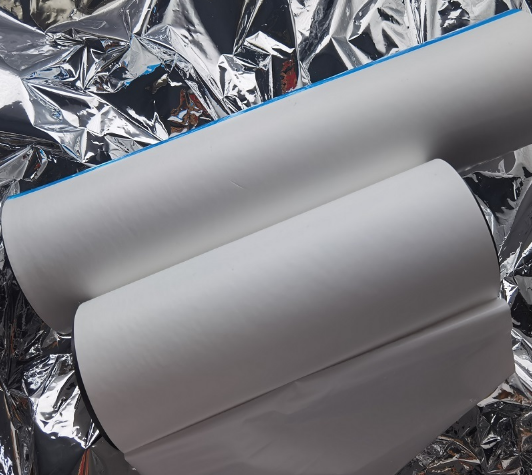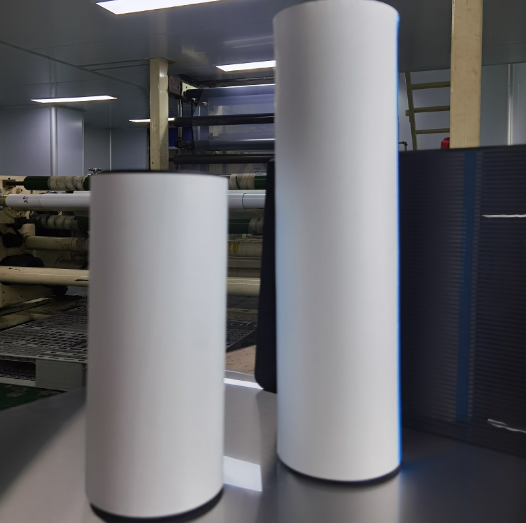Is Paint Protection Film Worth It? The Key to Protecting Car Paint
The appearance of your car's paint is among the first features that catch people's attention and significantly contributes to its aesthetic appeal. However, as most car owners are aware, the luster of a vehicle's new paint is not always enduring.
In an effort to prolong the life of a car's paint and shield it from various potential damages, many drivers opt for the application of paint protection film. This transparent film acts as a protective barrier, aiming to safeguard the exterior of the car from minor scratches, sun damage, and more.
To assist you in determining whether investing in car paint protection is worthwhile, let's explore some common reasons for surface damage on cars and understand how paint protection film effectively defends against these typical sources of harm.
Common Threats to Your Car's Paint
Your car's paint job is constantly exposed to various threats, with some of the most common causes of paint and exterior surface damage including:
1. UV Rays:
Exposure to direct sunlight can lead to the gradual fading of automotive paint. UV rays in sunlight break down the pigments in paint, causing oxidation. Unless your new car is consistently parked in a covered area, sunlight remains a significant threat to its paint job.
2. Environmental Contaminants:
Bird droppings, tree sap, acid rain, and dirt are environmental contaminants capable of damaging a car's paint. These substances often contain acids that can erode the paint, leaving undesirable stains.
3. Road Debris:
Loose gravel, rocks, and dirt on the road pose a threat to a car's paint. Even a small piece can easily scratch the paint, especially when traveling at high speeds or if accidentally rubbed into the paint during a car wash.
4. Scratches:
Scratches on a vehicle's exterior can originate from various sources. Loose shopping carts, car dings, road debris, and deliberate keying are a few ways a vehicle can end up with minor or major scratches on its paint.
How PPF Protection Film Works?
Paint protection film creates a resilient, invisible shield over your vehicle's surface. If you've ever used a screen protector on your smartphone to safeguard the glass, the concept is somewhat analogous. Once applied, the film functions as a sacrificial barrier, absorbing impacts from small debris and other objects to prevent scratches on your paint. Additionally, PPF offers protection against fading and erosion by absorbing UV rays and preventing contact with environmental contaminants.
The installation of paint protection involves cutting the film into custom-fit sections tailored for specific areas like the hood, mirrors, and bumpers. Each section is applied individually using an adhesive backing, and a technician uses a squeegee to eliminate air bubbles, ensuring a secure seal. Due to the intricacies of the installation process, it's advisable to have professionals handle the application of paint protection film.
Where PPF is Applied
When applied correctly, PPF serves as a protective layer for various external elements, including the hood, fenders, mirrors, bumpers, and door handles. This comprehensive coverage ensures that every exterior surface of your vehicle is shielded, leaving no area vulnerable to damage.
Paint Protection Film Cost: Is it Worth it?
Compared to these potential expenses, the cost of paint protection film is a lot more affordable. Once installed, paint protection film is an investment that will last about as long as the car itself is likely to last. And along with protecting your car's resale value from taking a hit, paint protection film can actually boost the value of a car when it is a high-quality film that has been properly installed.
The cost of applying paint protection film to your car depends on several factors. The primary determinants of the expense are the size of your car, the specific areas you wish to cover, and the quality of the chosen paint protection film.
To assess whether the investment in paint protection film is justified, it's essential to compare it against the potential expenses of alternative options. Repairing scratches and chips is a costly process, with prices ranging from several hundred to several thousand dollars based on the depth of the damage. Similarly, repainting the entire car due to stains or sun damage can incur expenses in the hundreds or even thousands of dollars.
Choosing to forgo these expenses and tolerating the damage may not be a cost-saving strategy in the long run, especially when it comes time to sell your car. Damage to the car's exterior significantly impacts its resale value. Whether you're paying for repairs or experiencing a reduction in potential profits, damage to your car's paint can be a financial burden. Ultimately, the upfront cost of paint protection film may prove to be a wise investment compared to the potential expenses associated with paint damage and repairs.




